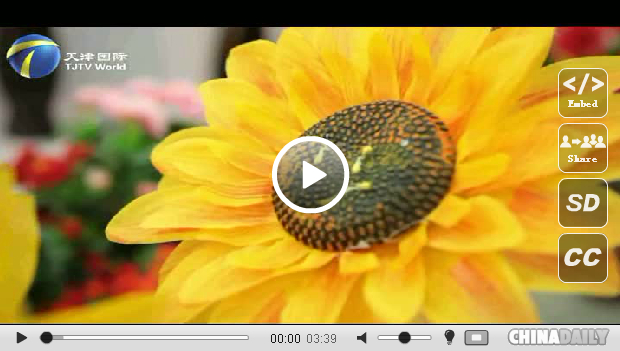 |
|
When it comes Chinese Lunar New Year, in addition to visiting relatives and having big dinners, Chinese people are going to wander at temple fair or watch live shows on flower fair. |
 |
|
Afterwards, these folk performances were meant to add more festival atmosphere during Chinese New Year. The performers kept coming to the temple fair every year so it became a tradition. |
When it comes Chinese Lunar New Year, in addition to visiting relatives and having big dinners, Chinese people are going to wander at temple fair or watch live shows on flower fair. The flower fair in Tianjin has a long history because it actually starts from Qing Dynasty (1665) according to the record of Tianjin history, which is re-titled as "Huang Hui" lasting to nowadays.
However, it is called "Niang Niang Hui" more often among Tianjin folks. All in all, Tianjin "Huang Hui" was an extremely solemn and ceremonious folk activity during old times. Initially, this activity was a ceremony of sacrifice to sea god, Tian Hou Niang Niang, in the birth date (lunar March 23).
Afterwards, these folk performances were meant to add more festival atmosphere during Chinese New Year. The performers kept coming to the temple fair every year so it became a tradition. These performances contain no sacrifice parts so they are referred as Flower Fair. Moreover, the Flower Fair Parade is kind of the contest of various of folk art skills, which also called "Tianjin Carnival".
At 15th and 16th of the first month of the lunar calendar in every year, there will be many Flower Fair performances with hundreds and thousands audiences around within Ancient Culture Street, Yang Liu Qing and Ge Gu Areas, which will lead the atmosphere to the climax. After years of evolution, the Emperor Fair(Huang Hui) and Flower Fair are purely promoting the theme of folk beliefs and extended to national festival to display folk customs in the old days.





